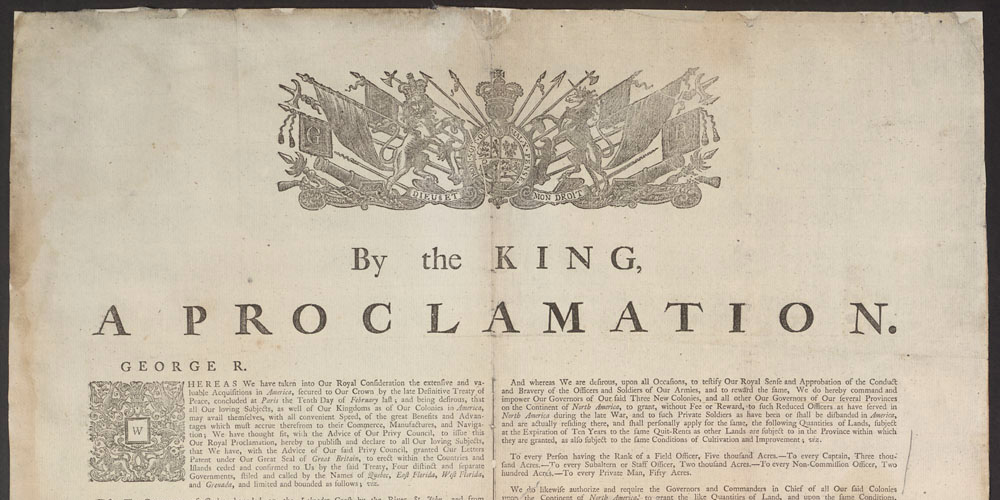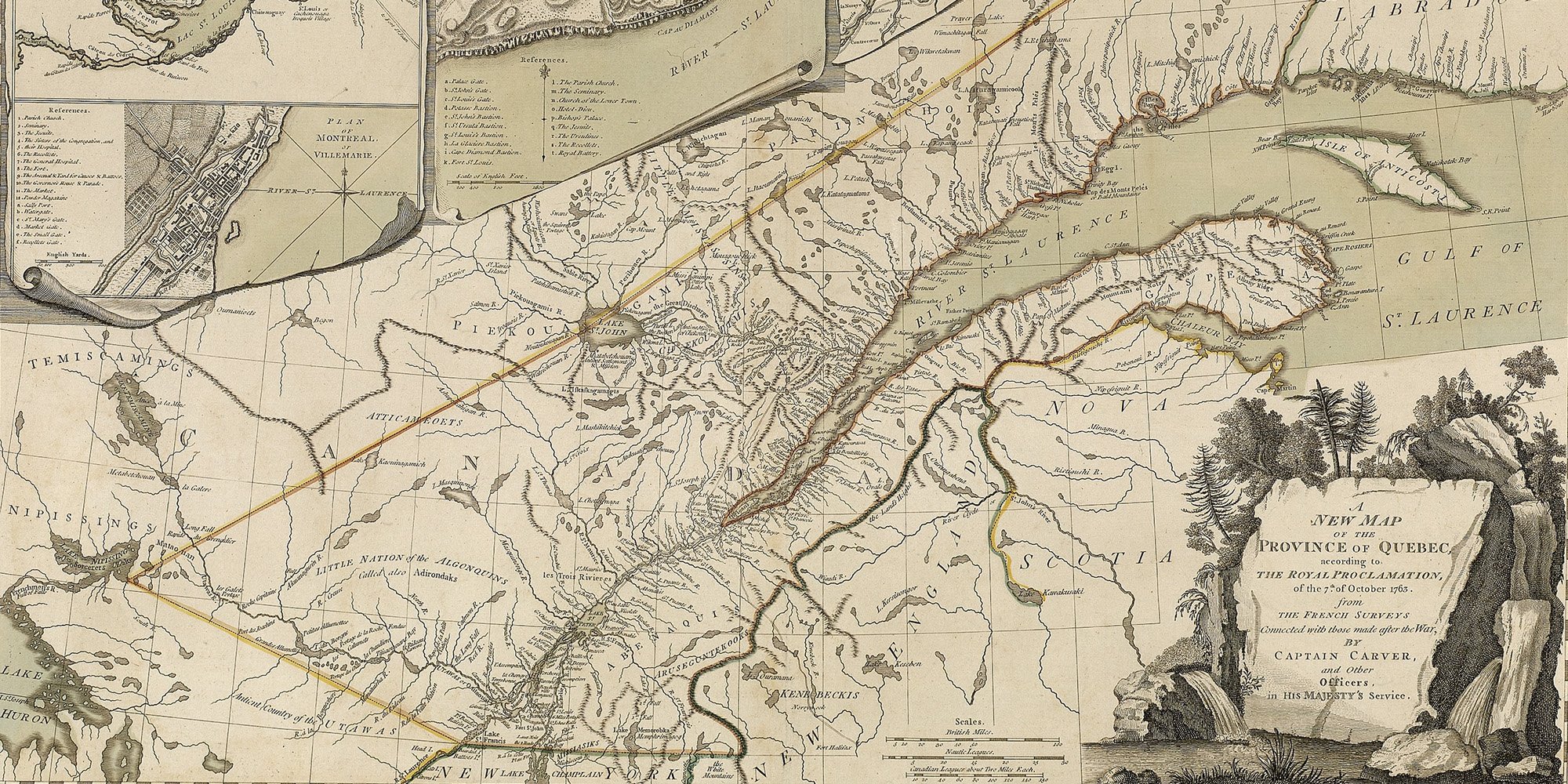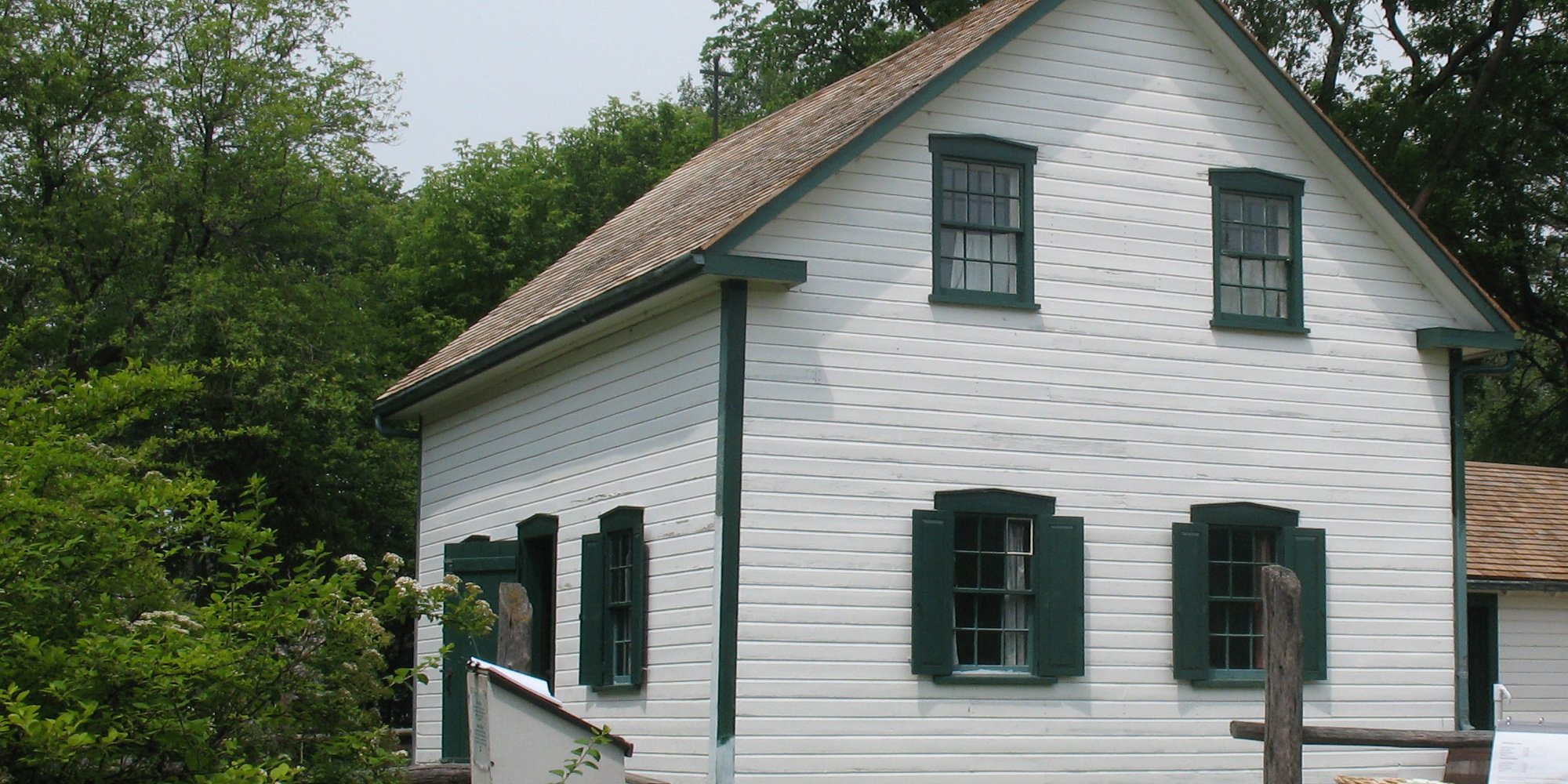1 min read
A Brief Timeline of the History of Indigenous Relations in Canada
National Indigenous Peoples History Month is a time to acknowledge the history of Indigenous relations and Indigenous Peoples in Canada....

The Royal Proclamation, signed by King George III on October 7, 1763, is regarded as early and powerful evidence of the recognition of Aboriginal rights in Canadian law.
In this short video, Bob Joseph explains the significance of one particular section of the Royal Proclamation which formed the foundation of modern, nation-to-nation negotiations. The passage contains three critical points:
In 2015, Prime Minister-designate Justin Trudeau evoked the Royal Proclamation in his acceptance speech - here's some insight on the significance.
Indigenous rights are extensively covered in our Indigenous relations training.
Featured photo: 1763 Royal Proclamation, Photo: Wikipedia

1 min read
National Indigenous Peoples History Month is a time to acknowledge the history of Indigenous relations and Indigenous Peoples in Canada....

Power is in tearing human minds to pieces and putting them together again in new shapes of your own choosing. George Orwell, 1984

Winnipeg, Manitoba, May 23, 2013 — On behalf of the Honourable Peter Kent, Canada’s Environment Minister and Minister responsible for Parks Canada,...